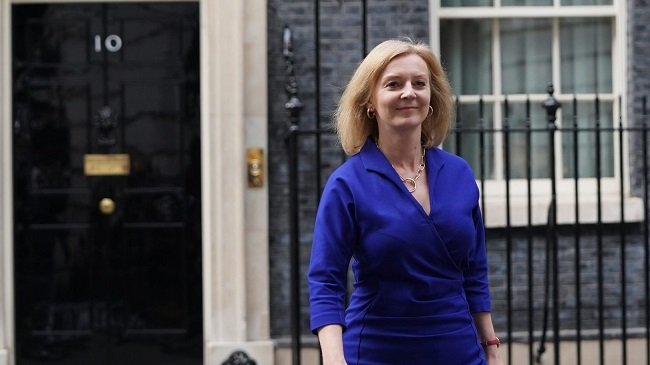The First Past the Post Electoral System
The First Past the Post (FPTP) electoral system used in the United Kingdom, as well as in several other countries such as the US and India, has both advantages and disadvantages. However, despite being a simple and straightforward system it has been abandoned by many democracies in favour of more proportional and equitable methods. The primary criticism against FPTP is that it allows a minority of the electorate to return a majority government. Since 1935, there have been majority governments 90% of the time, but not one of them had the support of a majority of voters. At present, the current UK government has a majority of seats with just 43.6% of the votes. In the 2019 election they gained an extra 48 seats despite an increase of only 1.2% of the vote share.
Under First Past the Post, the UK Parliament does not accurately reflect the way the electorate votes. Hence, millions of people do not get the representation they choose. In the 2024 general election, the combined vote share for Labour and the Conservatives reached a record low, with smaller parties doing well. Yet the election was highly disproportionate, as Labour won 63% of seats (411) with only 34% of the vote, while Reform won under 0.8% of seats (5) with 14.3% of the vote. The Liberal Democrats recorded their best ever seat result (72), despite receiving only around half the votes they did in 2010. A Parliament that fails to reflect how people vote can lack popular support and have its legitimacy questioned. However, such complaints have always been countered with arguments that FPTP delivers strong governments with the ability to implement their respective manifestos.
Here are some of the key pros and cons of the First Past the Post system :
Pros:
1. Simplicity: FPTP is a straightforward system where voters mark an "X" next to their preferred candidate, and the candidate with the most votes wins. The simplicity makes the electoral process easy to understand and administer.
2. Strong Government: FPTP often leads to a single-party majority in the House of Commons, which can result in a more stable and decisive government. This majority typically allows the winning party to implement its agenda without needing to form coalitions and compromise on key policies.
3. Local Representation: Each regional constituency is represented by a single elected member, which helps establish a direct link between constituents and their representative. This can enhance local representation and also provides the electorate with clear accountability.
4. Prevents Extreme Parties: FPTP tends to favour larger, more established parties, making it difficult for smaller or more extreme parties to gain representation. This can be seen as an advantage if stability and moderation are priorities.
Cons:
1. Disproportionate Representation: FPTP can lead to a significant mismatch between the proportion of votes a party receives nationally and the number of seats it wins. This can result in a parliament that does not accurately reflect the diverse political views of the population.
2. Wasted Votes: In FPTP, votes cast for losing candidates and those beyond the necessary majority for the winning candidate are considered “wasted”. This results in “safe seats” with an incumbent candidate who has an established majority. This can lead to a sense of disenfranchisement among voters whose preferred candidate or party does not win as their vote effectively doesn’t count.
3. Regional Biases: The system can reinforce regional biases, as parties may focus on winning in specific geographic areas rather than seeking support across the entire country. This can lead to neglect of certain regions and communities.
4. Limited Choice: FPTP tends to limit voters' choices to candidates from the major parties, as smaller parties may struggle to gain a foothold. This can result in a lack of diversity and stifled political competition. It also fosters a sense of dissatisfaction among the electorate if a substantial percentage vote for a particular party yet it gains no seats.
5. Tactical Voting: Voters may feel compelled to vote strategically rather than for their preferred candidate or party, especially if they believe that their preferred choice has little chance of winning. This can distort the true preferences of the electorate.
Ultimately, the choice of an electoral system involves a trade-off between various principles, such as simplicity, proportionality, and stability. Different systems prioritise different aspects, and no system is perfect. The debate over electoral systems often revolves around finding a balance that aligns with the values and goals of a particular society. At present, neither of the two main political parties have made any kind of electoral pledge to alter the UK voting system. Both benefit from FPTP as it currently stands, so it is only the smaller parties that advocate for change.






























